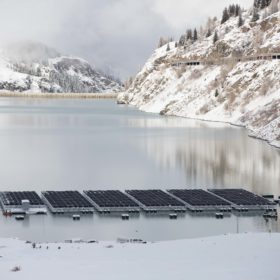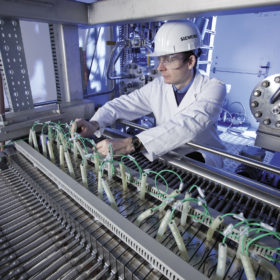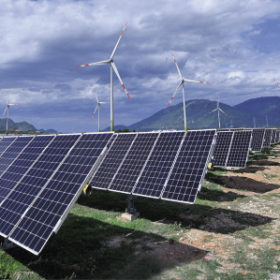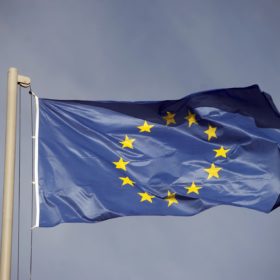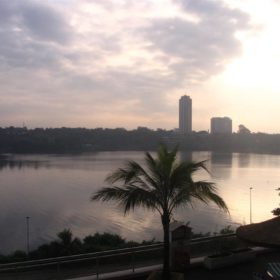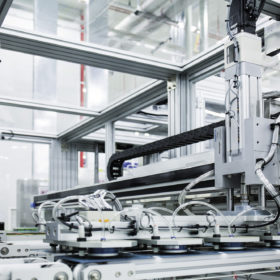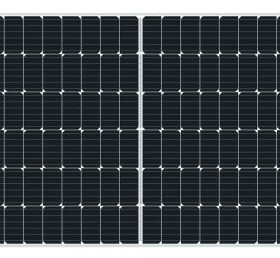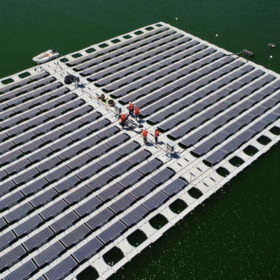Floating in the Alps
Romande Energie is deploying a 448 kW floating array on the surface of Lac des Toules, a reservoir located at an altitude of 1,810 meters in the Swiss Alps. The installation will likely operate under heavy weather conditions, but it is also expected to produce 50% more power than similar projects built in the plain.
Engie and Air Liquide join forces to develop green hydrogen
A cooperation agreement was signed by the French corporations to launch the HyGreen Provence project, which is expected to produce annually 1300 GWh of solar electricity and 10,440 tons of green hydrogen by 2027.
Jordan renews solar rebates for residential PV
The Kingdom of Jordan’s government has signed an agreement with Jordan Islamic Bank to facilitate the financing of residential projects under the scheme. Selected projects will be entitled to a 30% rebate for installations up to 3.5 kW.
A new converter topology for hybrid wind-solar
A researcher has proposed a new approach to apply maximum power point tracking techniques to optimize electricity production in wind-solar power projects. The permanent magnetic synchronous generator hybrid model used in the study is based on a multi-input rectifier stage which is said to be able to eradicate current harmonics and eliminate the need for extra input filters.
Calculate the cost of PV system with free online tool
The PVP4Grid project, involving 12 European organizations, wants to increase solar self-consumption system deployment. The project has launched an online tool to enable homeowners to calculate the cost of PV.
Côte d’Ivoire gets World Bank support for 60 MW of solar
The African country has joined the World Bank’s Scaling Solar Program. Two PV plants will be located in Touba and Laboa, in the northeast of the country.
Hanwha vows ‘immediate appeal‘ in event of ITC summary decision
With the Q Cells solar business warning it is preparing an instant appeal if a U.S. ITC judge rules against it Stateside, the chemical company parent announced its solar panel business saw a year-on-year, third quarter rise in revenue from KRW818 billion to KRW1,638 billion.
California spies solar-plus-storage domination by 2030, with 11 GW/44 GWh of batteries
The state’s 2019 Integrated Resource Plan foresees just over 11 GW of solar power generation capacity and at least 11 GW – with a possibility of up to 19 GW – of energy storage necessary to meet resource adequacy as part of the state’s legally required 60% renewable portfolio standard by 2030. Prices have halved since 2017.
DMEGC launches half cut monocrystalline module with 440 W output
The new 24.5kg, PERC monocrystalline product from DMEGC is said to have an efficiency of 19.78%. The panels are available in glass and white-backsheet formats.
EU to help anchor lower price for floating solar power
The Fresher project, funded by the EU’s European Maritime and Fishery Fund, aims to develop better and cheaper mooring and anchoring systems for floating solar. The initiative is backed by Portugal utility EDP, which has recently begun to install floating projects.
